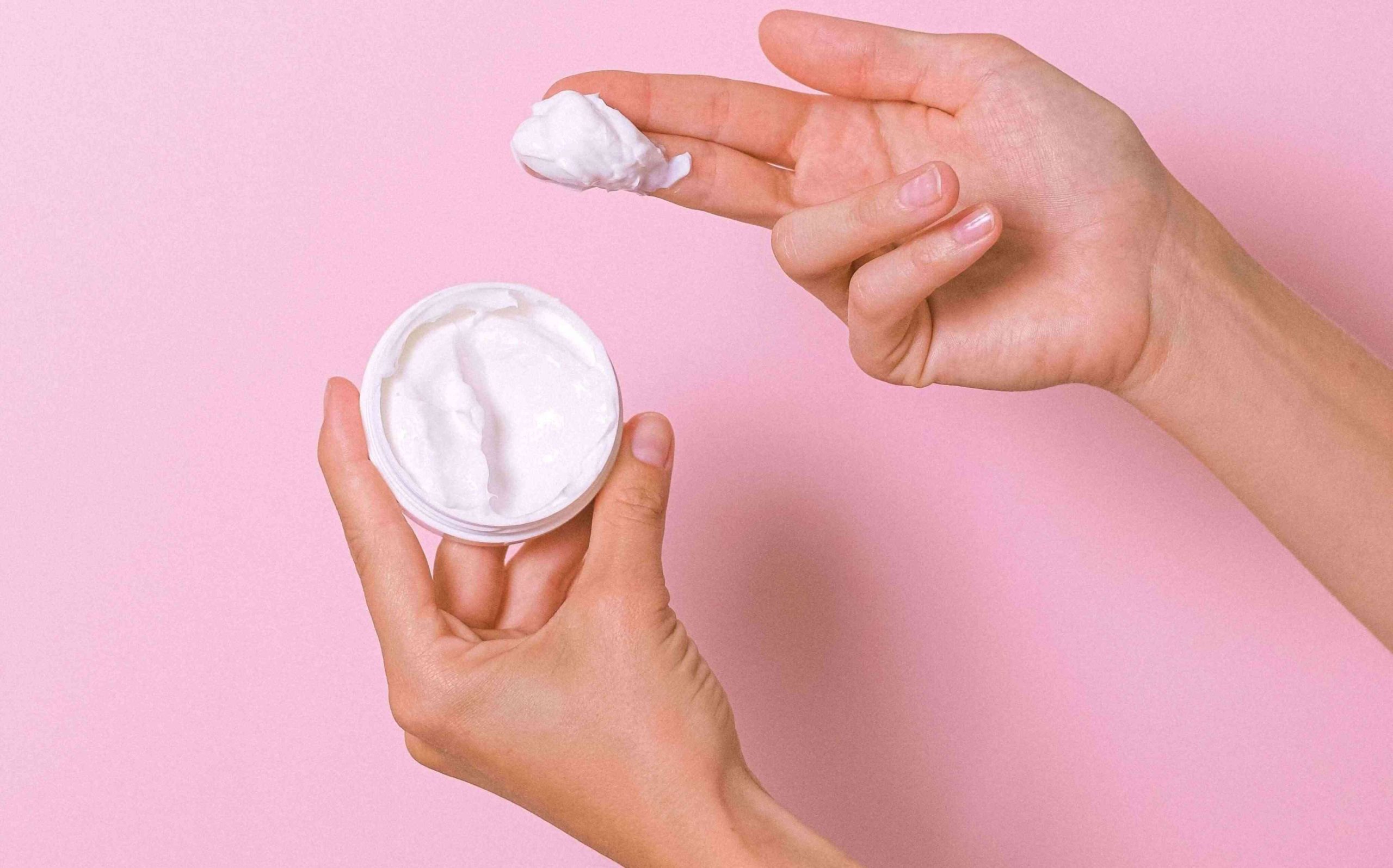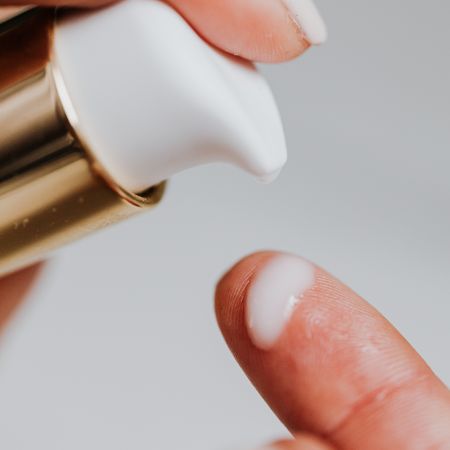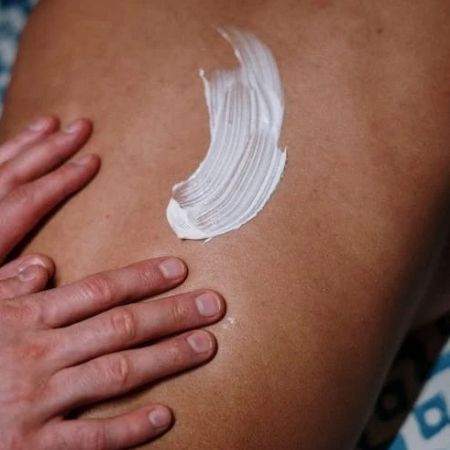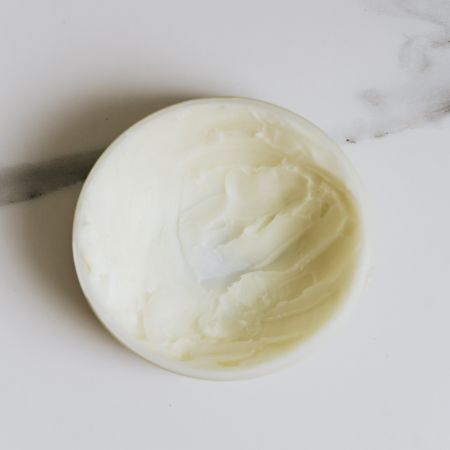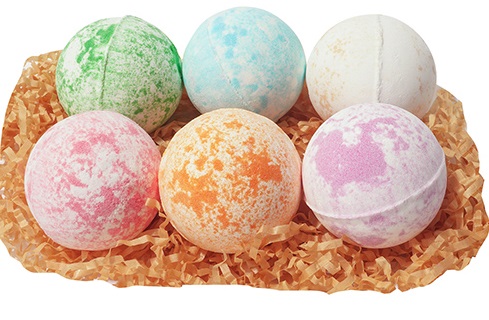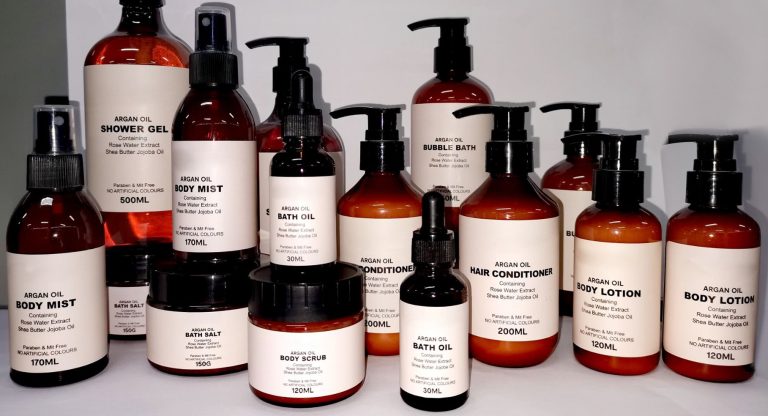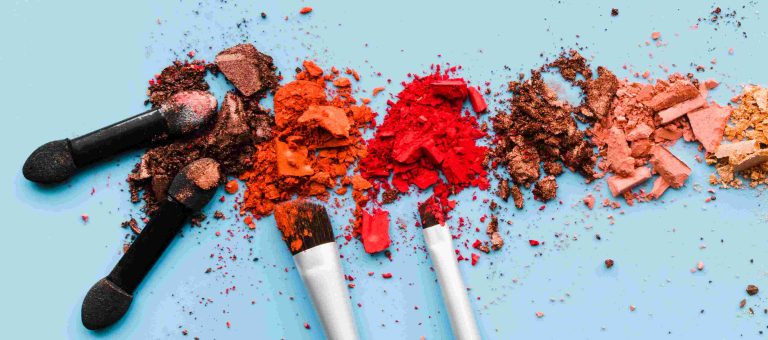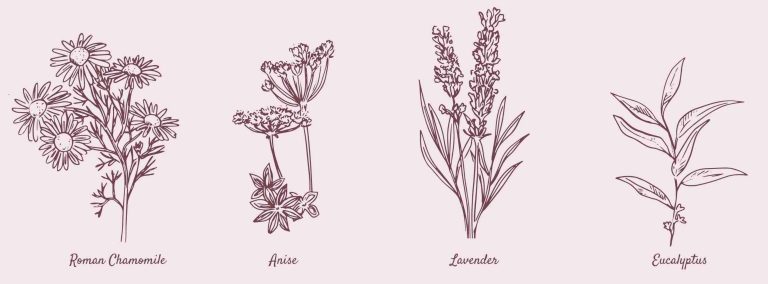the Manufacturing Differences between Lotions, Creams, and Butters
Introduction:
In the world of skincare products, the terms “lotion,” “cream,” and “butter” are frequently used interchangeably, leading to confusion among consumers. However, these products have distinct characteristics and manufacturing processes that set them apart. In this article, we will delve into the manufacturing differences between lotions, creams, and butter, shedding light on the unique formulations that cater to various skin types and needs.
Below is a comparison sheet highlighting the differences between lotions, creams, and butter:
| Characteristics | Lotions | Creams | Butters |
|---|---|---|---|
| Base Ingredients | Water-based with emulsifiers and stabilizers | Emulsified mixture of water and oil | Oil-based, no water content |
| Texture | Lightweight, fluid | Moderately thick | Rich and thick |
| Absorption | Quick absorption, ideal for oily/combination skin | Moderate absorption, normal/dry skin | Deep and long-lasting hydration |
| Fatty Acid Composition | Balanced fatty acids | Balanced fatty acids | Rich in saturated fatty acids |
| Purpose | Light hydration and cooling sensation | Versatile moisturization | Intensive nourishment for dry/sensitive skin |
| Suitable for | Oily, combination, and normal skin types | Normal, dry, and combination skin types | Dry, dehydrated, and sensitive skin types |
| Emulsification | Requires specific emulsification process | Requires specific emulsification process | No water, no emulsification needed |
| Preservatives | Requires preservatives due to water content | Requires preservatives due to water content | Minimal need for preservatives |
| Ideal Use | Everyday use, warm weather | Day and night use, all seasons | Nighttime use, colder weather |
- Base Ingredients
- Emulsification Techniques
- Fatty Acid Composition
- Texture and Absorption
- Preservatives and Shelf Life
- The Base Ingredients:
The primary distinction in the manufacturing process of lotions, creams, and butter lies in their base ingredients.
Lotions are water-based products that contain a mixture of water, emulsifiers, and stabilizers.
Creams, on the other hand, consist of water and oil, emulsified together to create a smooth and luxurious texture.
Butter, as the name suggests, is predominantly oil-based, with the absence of water, giving them a rich and thicker consistency.
- Emulsification Techniques:
Emulsification is a crucial step in the production of lotions and creams, as it is what allows water and oil to blend seamlessly.
Manufacturers use various emulsifiers and stabilizers, such as beeswax, cetyl alcohol, or glyceryl stearate, to achieve stable and uniform formulations.
Lotions require a different emulsification process compared to creams, as they aim for a lighter and more fluid consistency.
- Fatty Acid Composition:
The fatty acid composition of each product is another factor that contributes to their distinct characteristics.
Creams typically have a balanced proportion of saturated and unsaturated fatty acids, offering a versatile product suitable for various skin types.
On the other hand, butter tends to be richer in saturated fatty acids, providing intense moisturization and nourishment for dry and sensitive skin.
- Texture and Absorption:
The manufacturing differences between lotions, creams, and butter greatly influence their textures and absorption rates.
Lotions are lightweight and quickly absorbed into the skin, making them ideal for everyday use and for those with oily or combination skin.
Creams have a slightly thicker texture, providing moderate moisture retention and a more occlusive barrier, perfect for normal to dry skin types.
Butter, with its dense consistency, offers deep and long-lasting hydration, making them best suited for extremely dry or dehydrated skin.
- Preservatives and Shelf Life:
Due to their water content, lotions and creams require preservatives to prevent bacterial growth and extend their shelf life.
Manufacturers must carefully select preservatives that maintain product integrity while remaining safe for the skin.
Butter, however, has a lower risk of bacterial contamination due to its minimal water content, reducing the need for preservatives and potentially extending its shelf life.
Conclusion:
Lotions offer a light and refreshing hydration, creams strike a balance between moisture and texture, while butter provides intensive nourishment for dry and sensitive skin types.
At our company, we have honed our expertise in crafting premium bath and body care products that cater to diverse skin needs and preferences. Having a grasp of the manufacturing differences between lotions, creams, and butter empowers business owners to make well-informed choices when selecting skincare products that suit their unique requirements and market.

